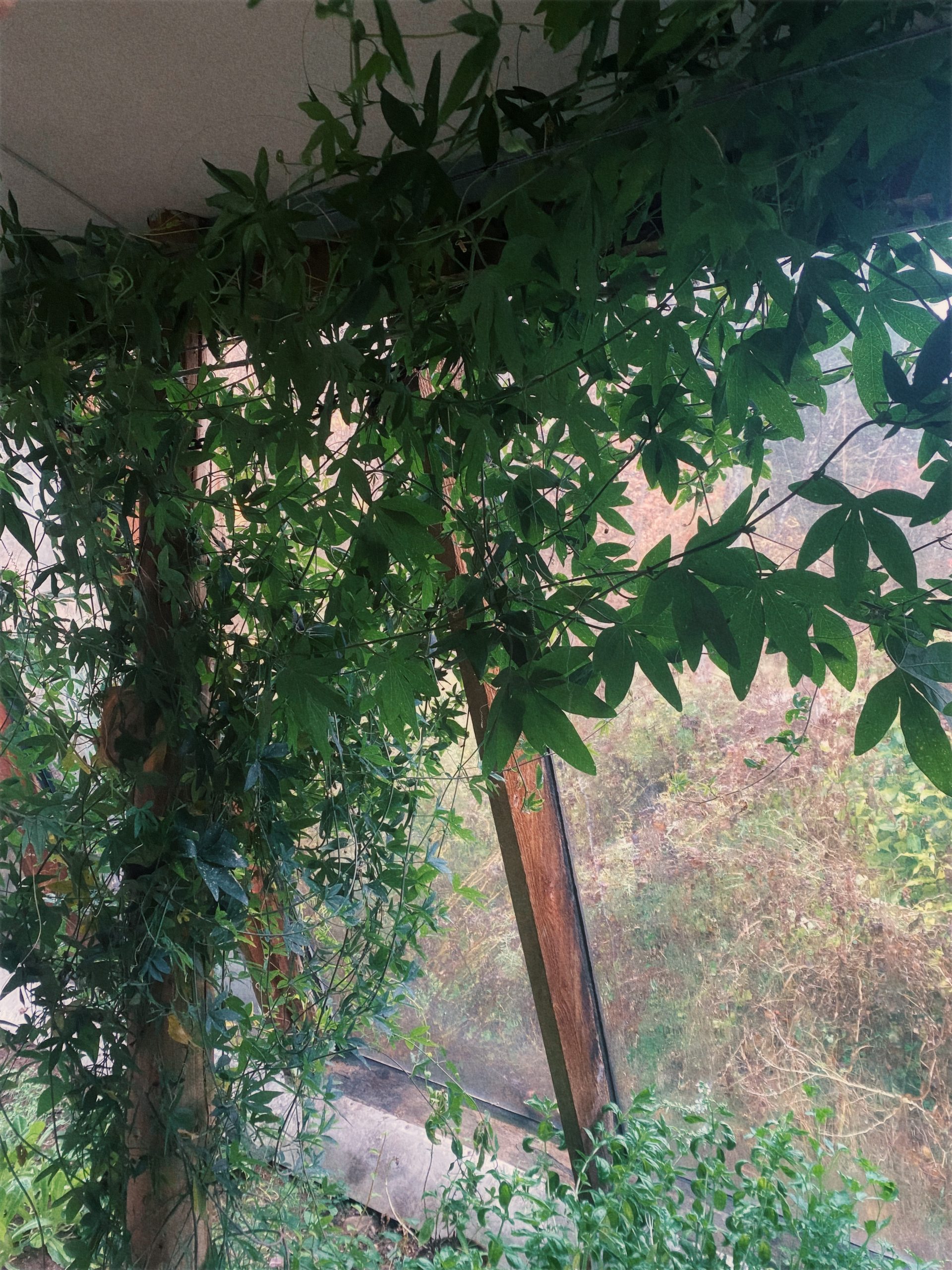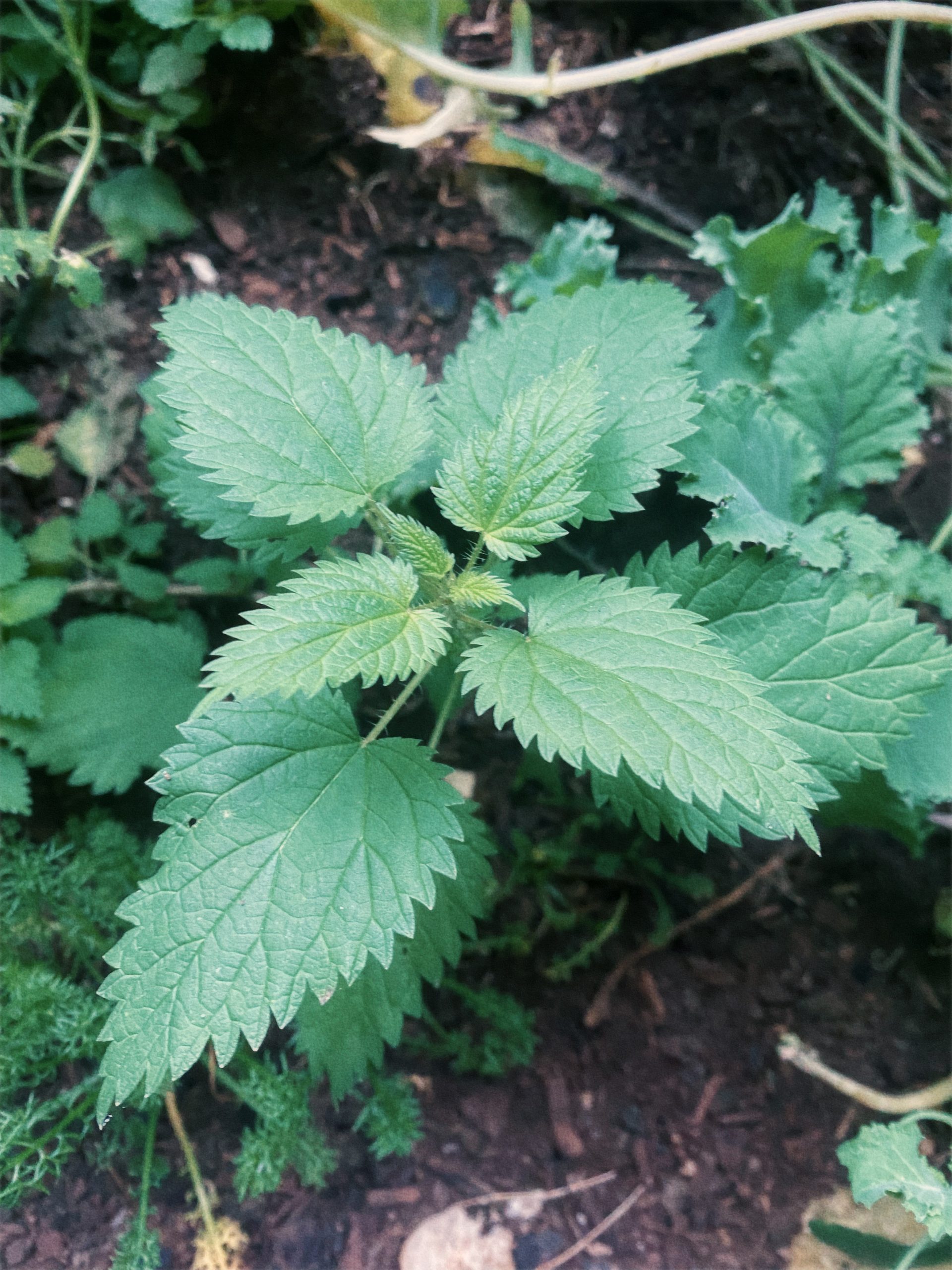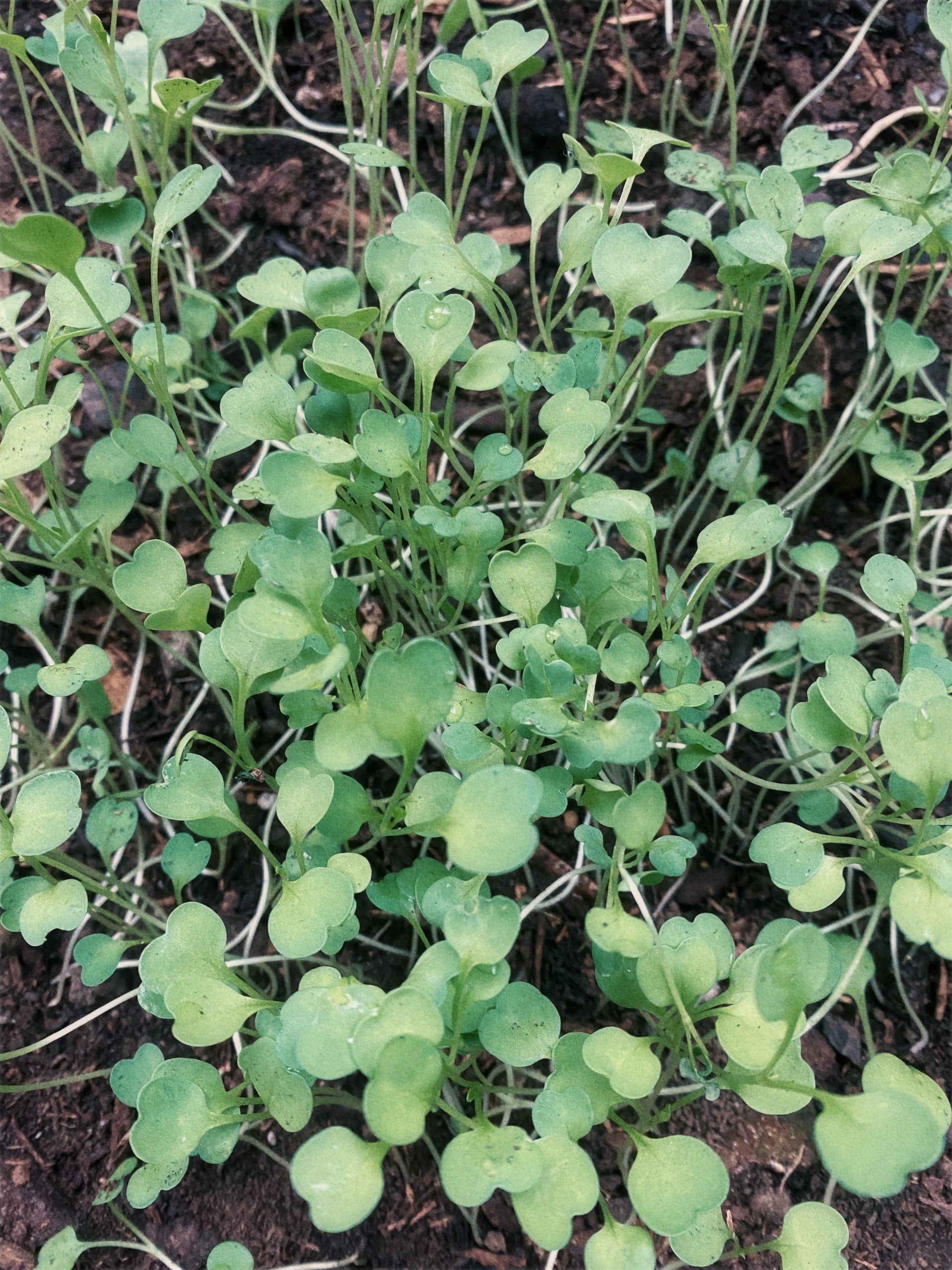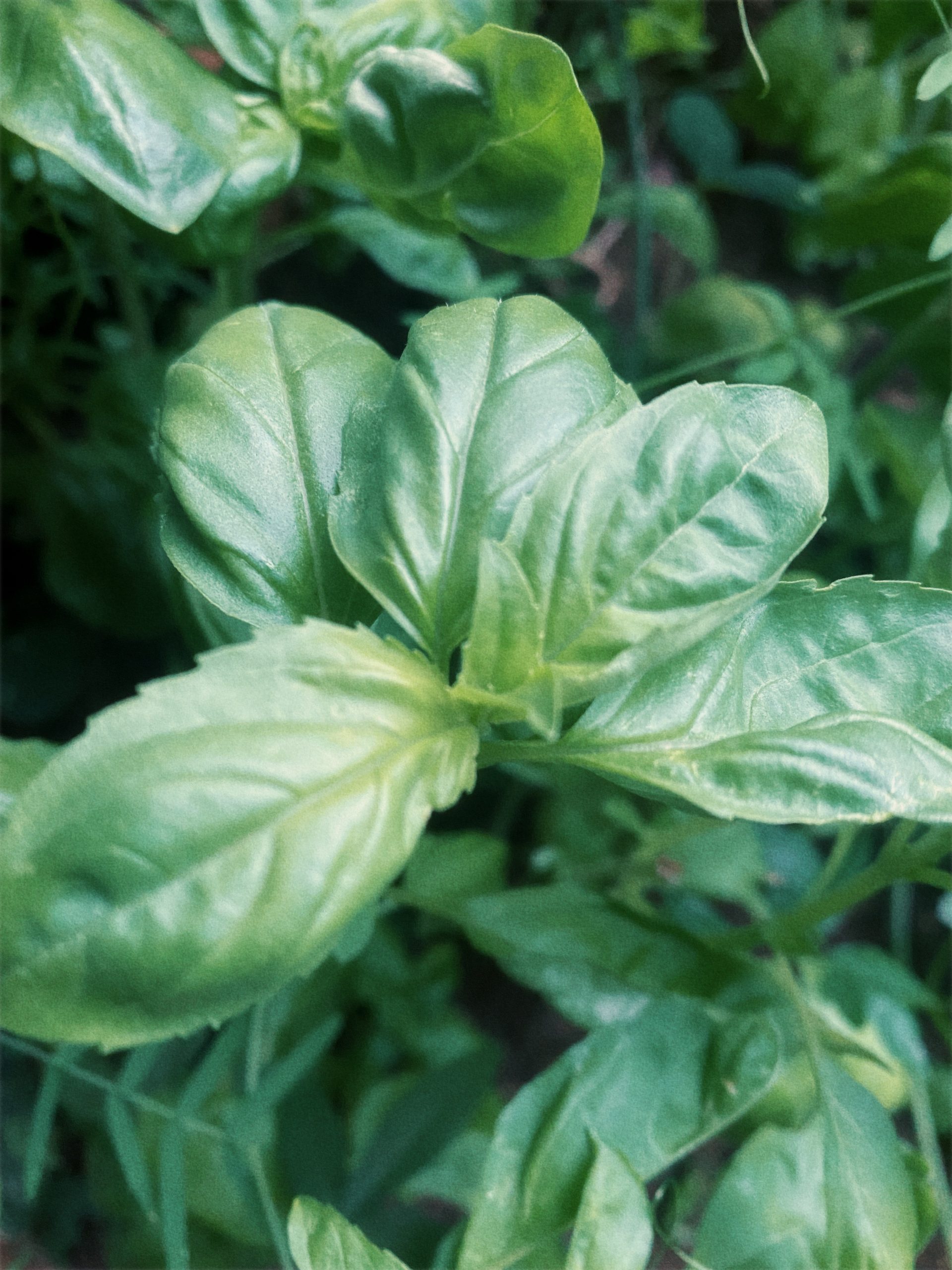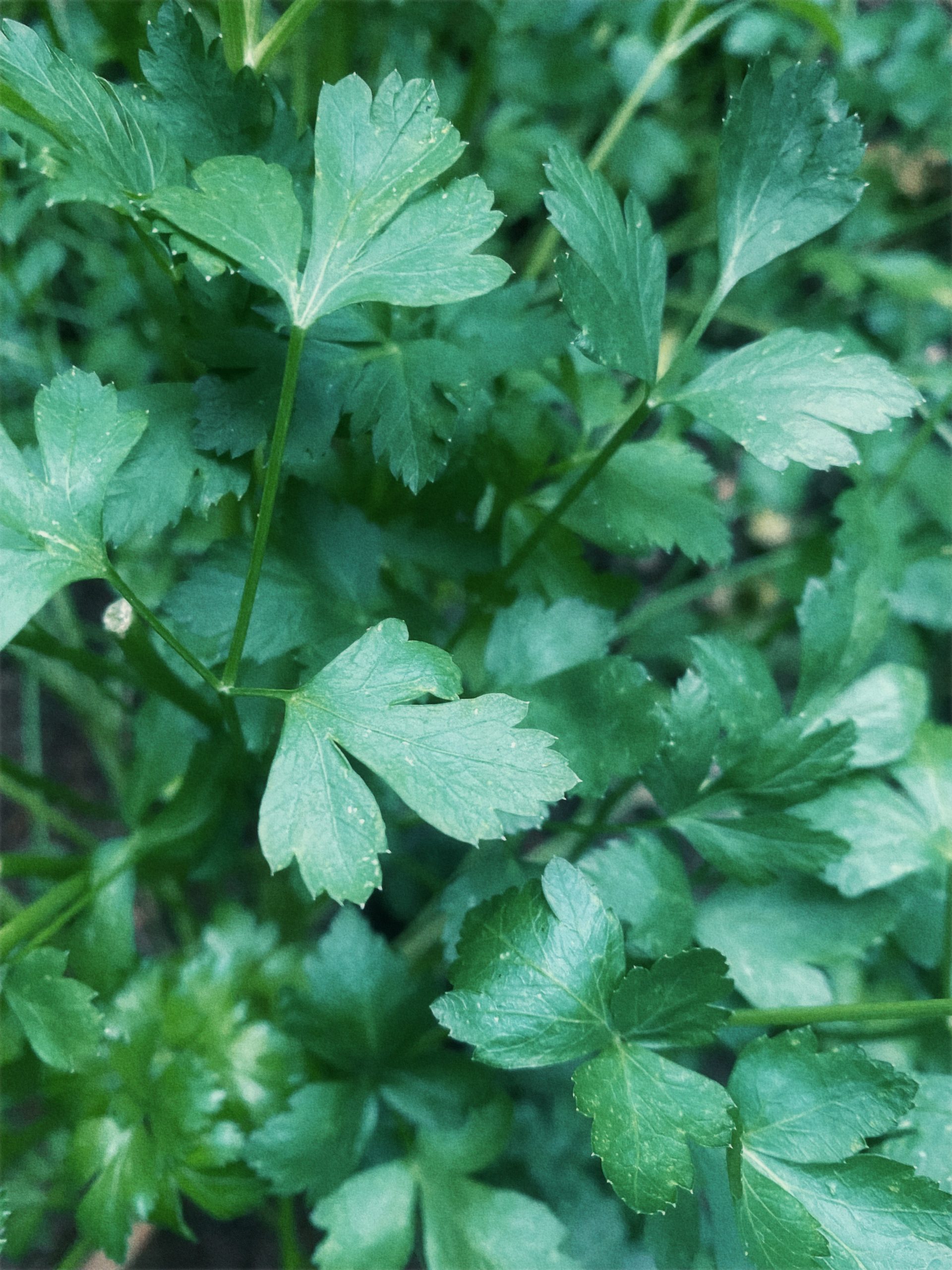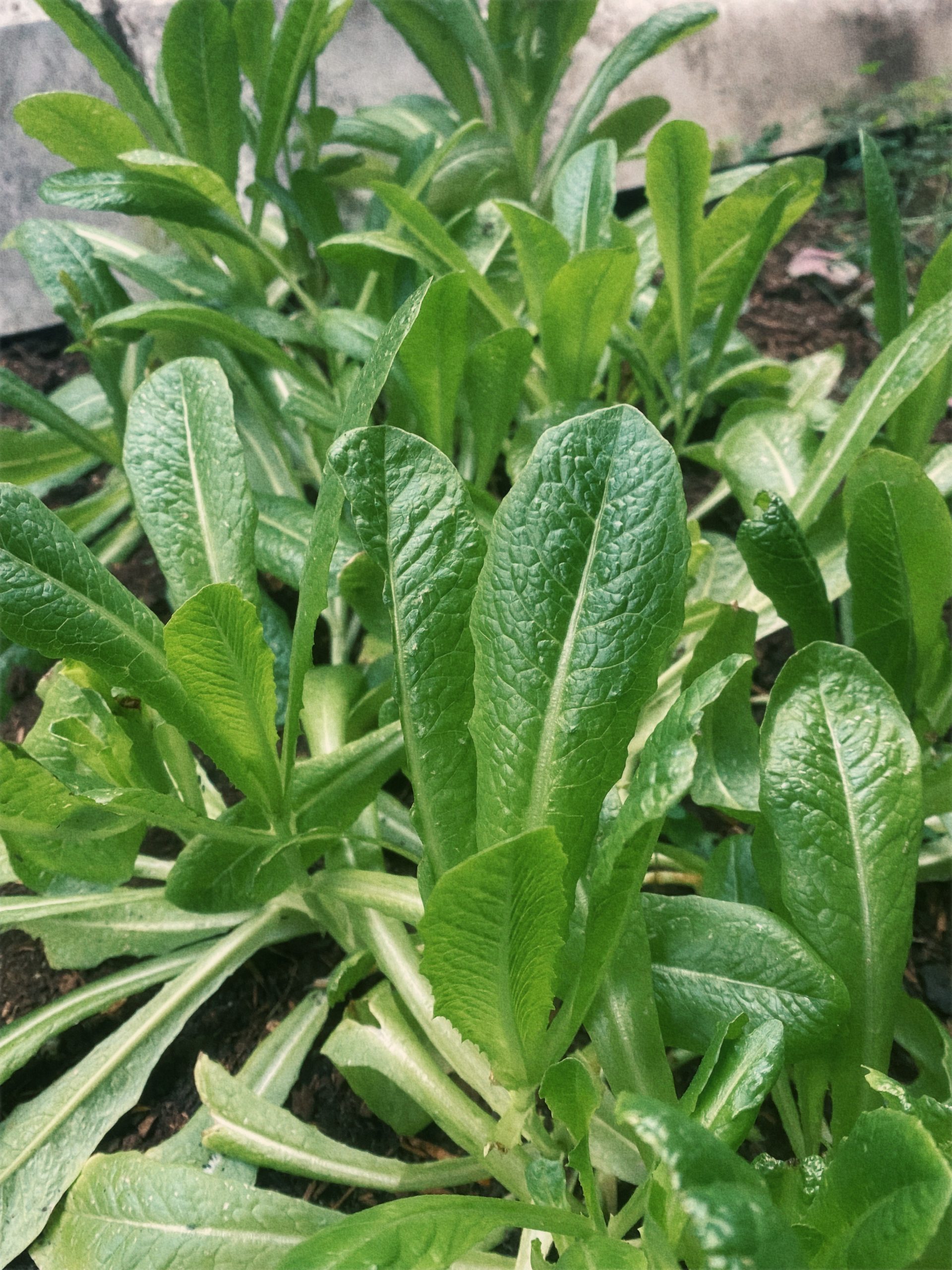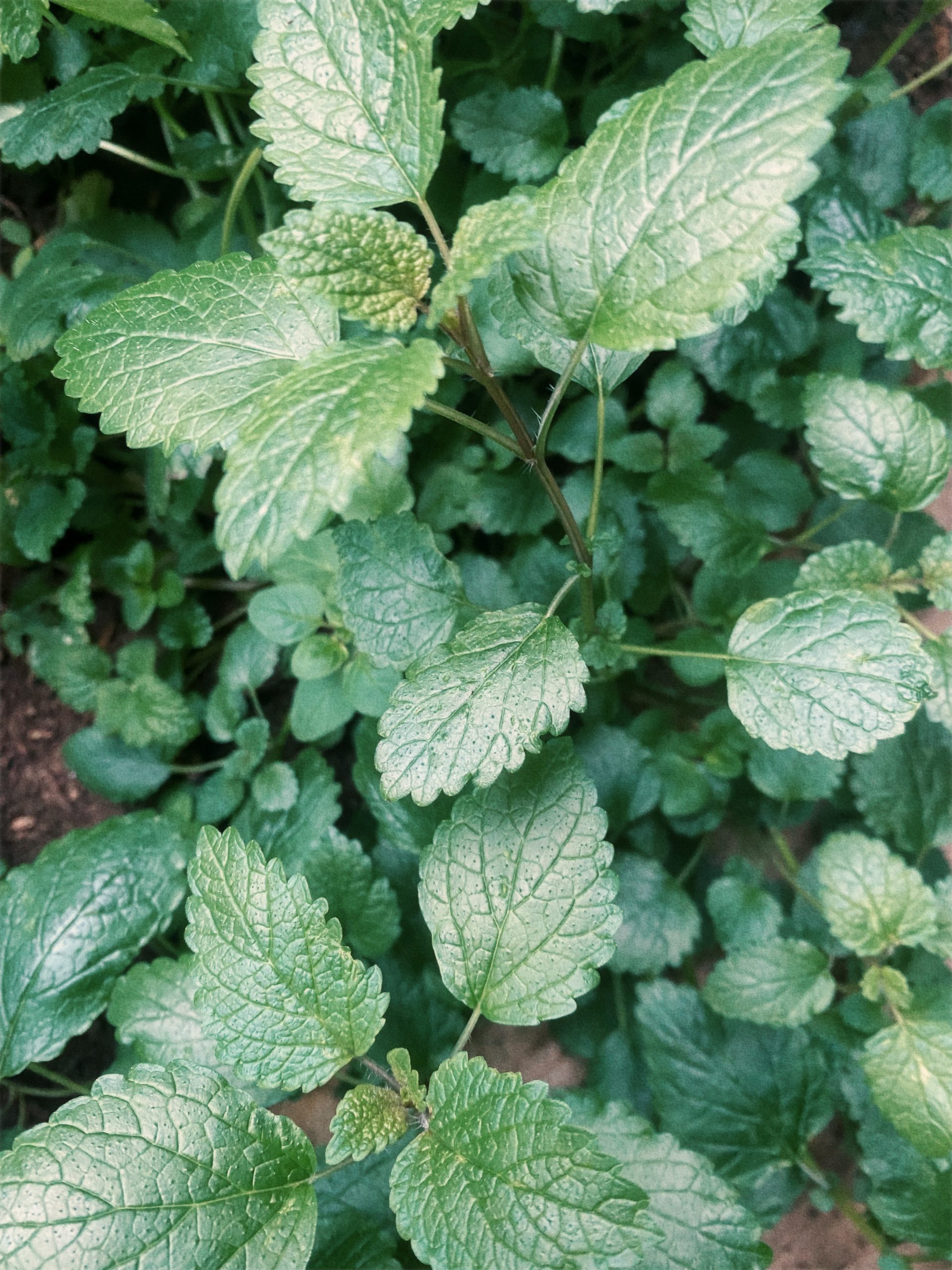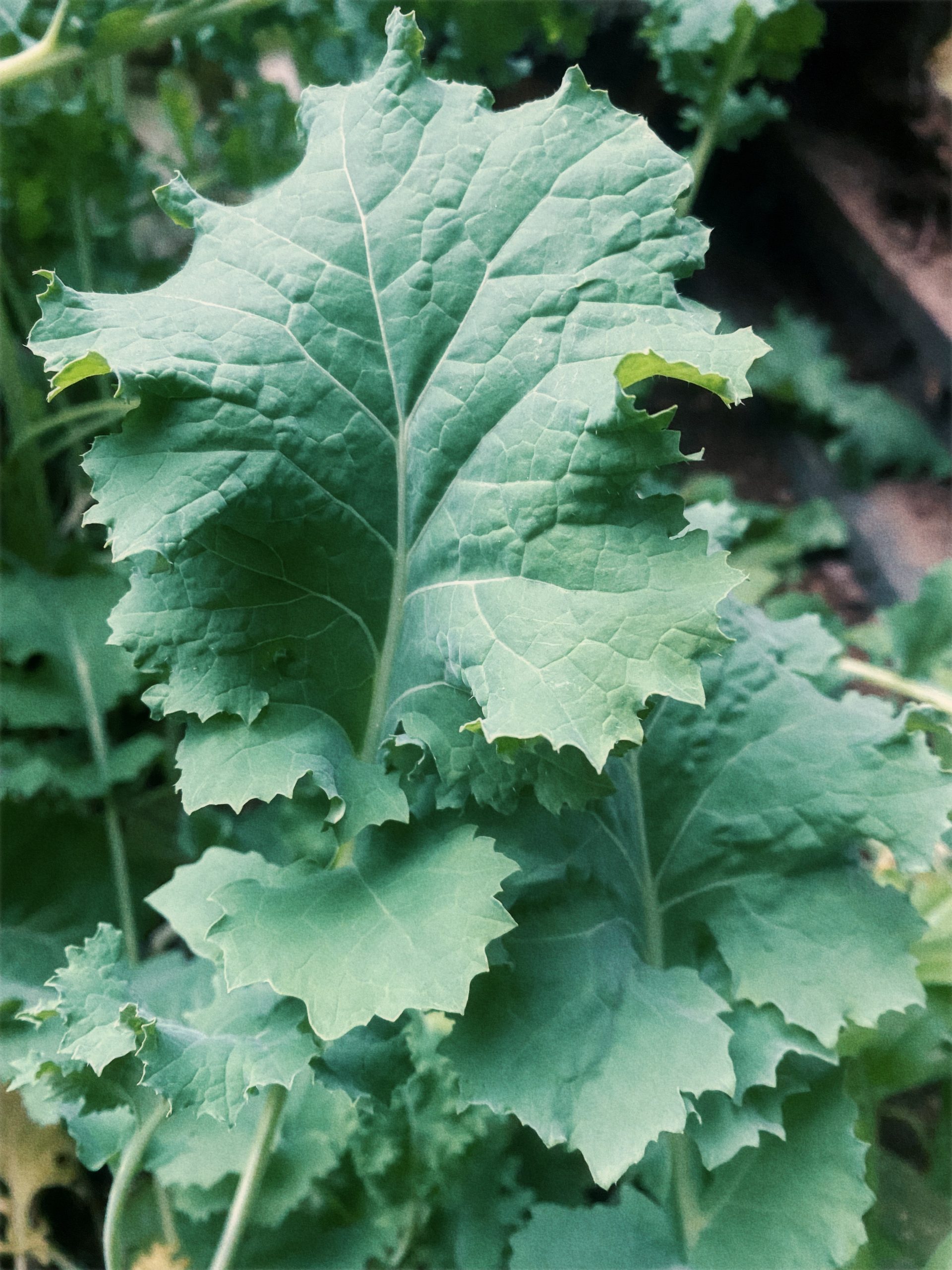The theme of the garden this month is letting go. Autumn is a supremely beautiful time here in Vermont. The colors of the trees peaking in early October, then slowly fading and falling off the trees by month’s end. This autumn garden update, likewise, is about showing gratitude for summer’s bounty and saying goodbye. (Goodbye for now, at least, until we do it all over again next spring!)
This month in the garden, we wrapped up a productive season that yielded a bounty of beautiful storage crops like potatoes, carrots and winter squash, countless jars of pickles and jams, and a freezer full of berries, green beans, kale and more. We are so grateful for the garden’s gifts and to be able to learn the land a little better each day. After harvesting the last of our veggies, we said goodbye to the autumn garden’s vegetable plants and pulled up any remaining weeds. Then we tilled the soil to loosen it up and reset the rows. Last but not least, we planted next year’s garlic and buried the whole garden in a blanket of fallen leaves. These will provide insulation from winter’s cold, and add nutrition to the soil as they decompose until the spring.
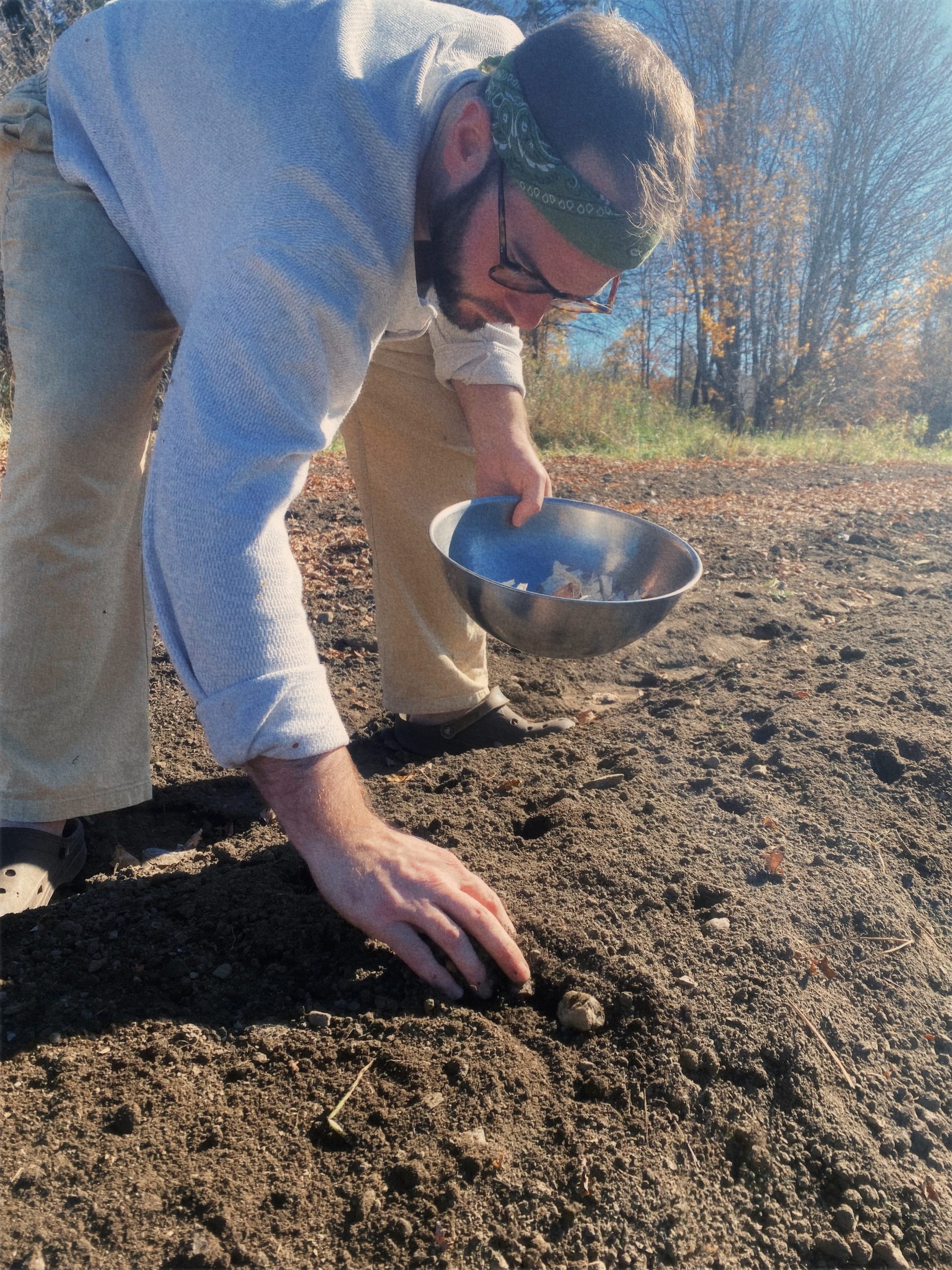
An earlier-than-expected hard freeze forced us to harvest our last remaining autumn garden crop, the butternut squash, sooner than we had hoped. Unfortunately, a few of them got a bit frostbitten and would not store well. Instead of storing those whole, I simply roasted them in the oven until soft and then froze the pulp. To do this, cut off the stem then slice the squash in half lengthwise, scoop out the seeds, and place the halves cut side down with a little water in a 400 degree oven until soft – around 45 minutes. Then, just scoop out the pulp into freezer bags or containers and freeze for later! The rest, now cured, should keep for months! It is amazing how well winter squash keeps in storage.
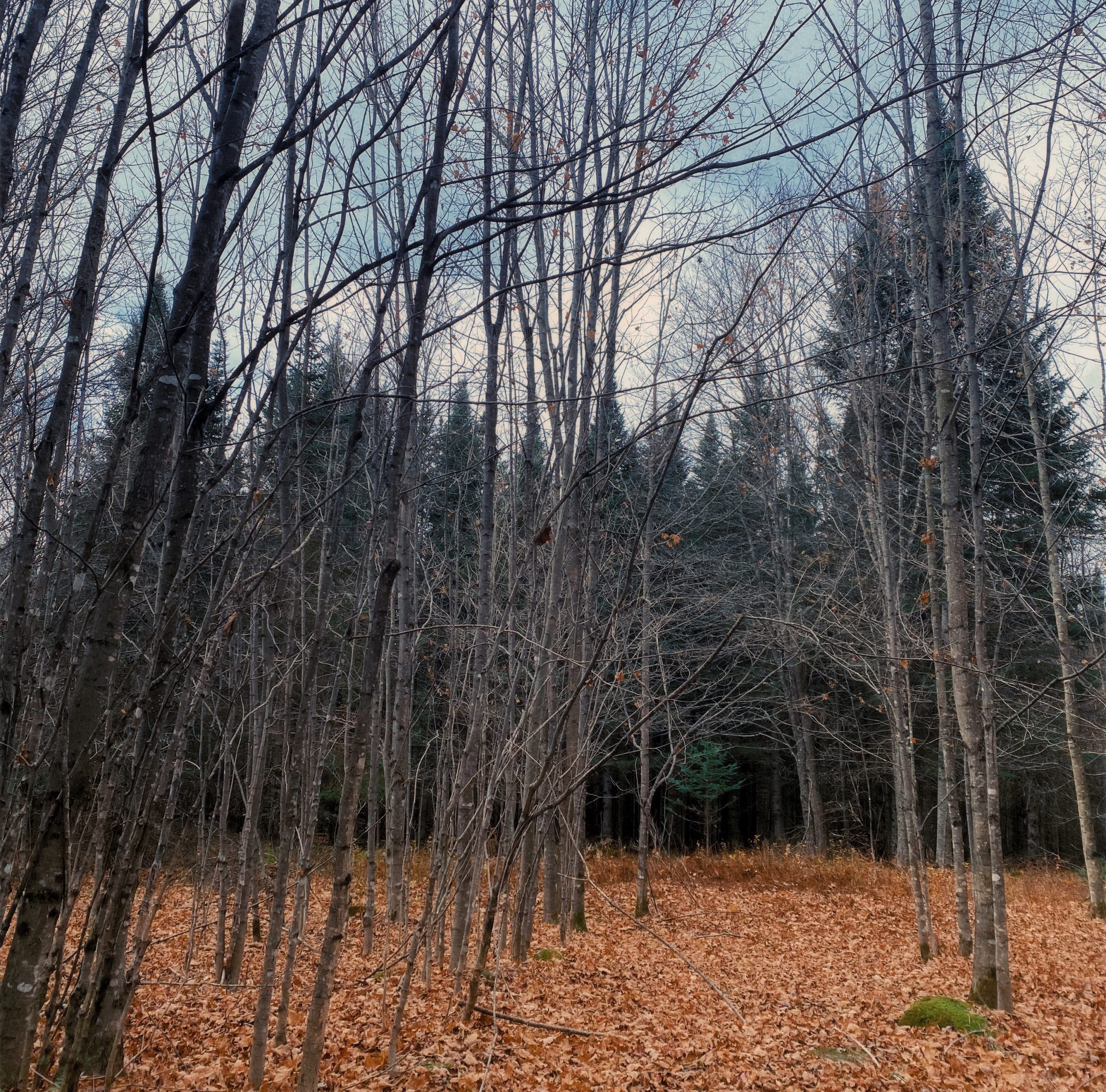
Around the property, many plants continued their process of dying back for winter. All the ferns have turned brown and capsized on themselves. The tall stalks of the sunchokes have finished their flowering period, their sunny flowers giving way to wilting foliage. The mugwort stands have turned brilliant red and are starting to fall over. Some more frost-hardy plants, like comfrey, are the last to die back. Though the summer bounty has faded away, there is a special beauty to this time of year, reminding us of the beauty in slowing down and making room for rest. Except for fallen leaves on the main footpaths, which we gather up to mulch the vegetable garden, we will leave most of the dead bits in place at least until spring. This provides essential habitat for our local fauna, particularly our bees, monarch butterflies, and garden helpers like ladybugs.
While everything outside is dying back and preparing for winter, inside there is still growth to be found! We have a small greenhouse attached to the main house that makes a perfect place to cultivate herbs and baby greens like arugula. It gets too cold and receives too little sun in the winter to truly grow year-round. But with any luck, our indoor autumn garden will be providing fresh greens until solstice time.
